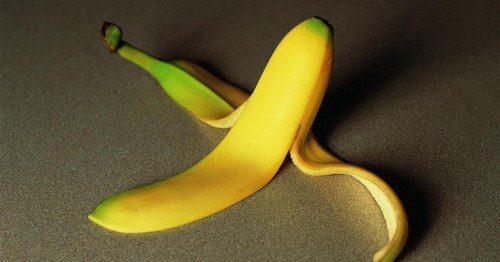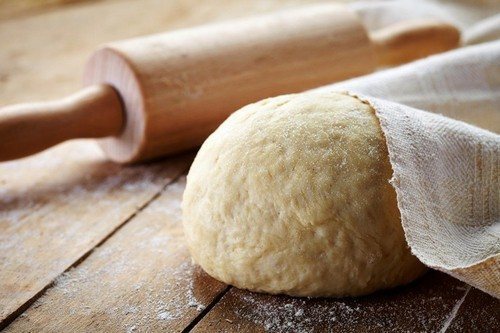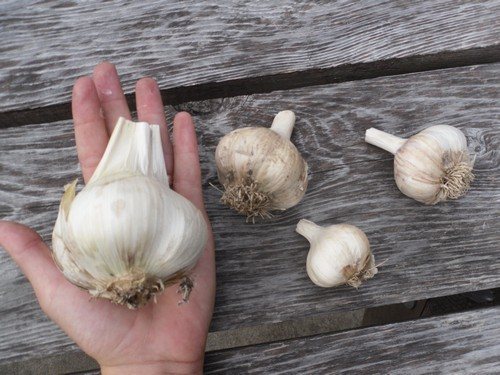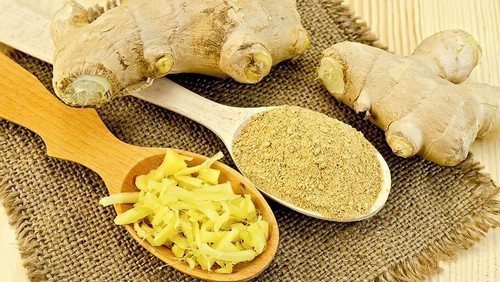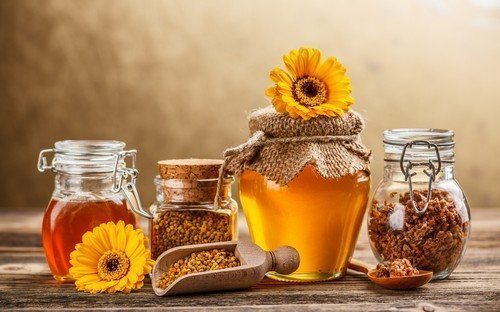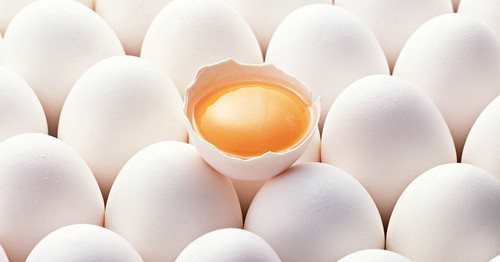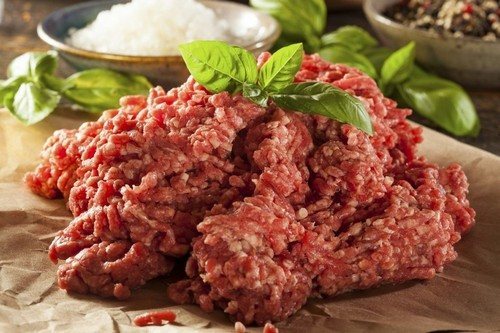Bananas have long ceased to be exotic on our table. These fruits are available in Russian supermarkets all year round. They are imported not from Africa (where the name “banana” comes from), but mainly from Latin American countries. These fruits are transported thousands of kilometers and are subjected to special processing for better preservation before shipping. How should you store bananas at home so that they look no worse than in the store?
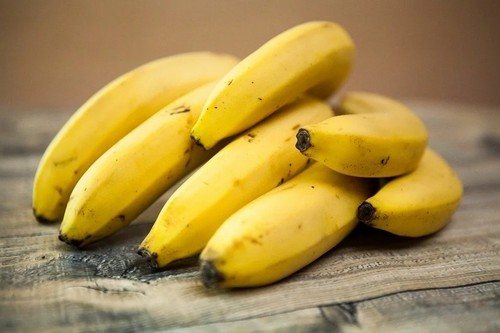
- Banana ripeness categories
- How to choose bananas
- For storage up to several days
- For storage from several days to several weeks
- What's the best way to store green bananas so they ripen?
- Why does banana tend to turn black?
- How to store yellow bananas so they don't turn black
- Storing overripe bananas
- How to Preserve Peeled Bananas
- Freezing
- Sprinkling
- Soak
- Can bananas be stored in the refrigerator?
- What should bananas not be stored with?
- Dried bananas
Banana ripeness categories
Bananas have three main categories of ripeness, which depend not on how long ago the fruit was picked, but on the storage conditions of the fruit:
- Green - have a green skin color and will gradually ripen during storage.
- Yellow (ripe) - bright yellow in color, with a smooth skin and a pleasant aroma, completely ready for consumption.
- Overripe fruits are still edible and have dark spots of varying sizes on the skin and brown flesh in places.
How to choose bananas
When approaching a display case with gifts from the tropics, keep in mind that the choice of a product of one category or another is determined by whether you plan to keep them at home for some time before eating them. In any case, limit yourself to a small amount of fruit. It is not worth purchasing several bunches at once, since bananas are a perishable product, and not every homeowner has the opportunity to store them in conditions comparable to a warehouse.
For storage up to several days
Overripe fruits are not suitable for storage for up to several days - they should be peeled and eaten immediately (some people like these bananas more because they are especially sweet). Yellow exotic fruits are best suited for short-term storage.
Please make sure that there are no even small spots on the peel, much less traces of mold. The latter means that the fruit was stored incorrectly and managed to absorb toxic substances. A broken peel is also a bad sign - underneath you will most likely find dark pulp. In addition, fruit flies can enter through the damage and lay eggs. This is especially true for bananas purchased from street vendors.
For storage from several days to several weeks
If you are planning to stock up on several bunches of bananas for future use, pay attention to green fruits - they can be kept at home for up to two weeks. Fruits of other ripeness categories cannot be preserved for so long without resorting to freezing or drying.
What's the best way to store green bananas so they ripen?
If necessary, the natural process of ripening green fruits can be accelerated.To do this, the fruit is placed in an environment with a temperature of 15-20 degrees, the humidity of which is at least 70%, without light sources. A suitable option is to leave the bundle in a bag, preferably a paper one or put it in a cardboard box. To speed up ripening, other fruits are placed next to bananas in small quantities:
- pears;
- apples;
- melons
But you shouldn’t make cuts on the peel, as some housewives advise.
Note that green bananas are close in taste to vegetables. In many countries they are used instead of potatoes - if you wish, you can use one of these recipes. The ripening time depends on the storage conditions - in the best case, they will turn yellow within a day.
Why does banana tend to turn black?
The reason for the darkening of the banana peel is associated with its overripening, as well as loss of moisture. The peel of this berry (from a botanical point of view) is not as dense as that of an orange or pineapple, so it does not completely protect the fruit from drying out and harmful effects. Following the peel, the flesh darkens and spoils. The product becomes tasteless and then completely unfit for food. In retail outlets, overripe goods are often sold at a discount, but you can only find out the true quality of the pulp at home - you may have to throw away a significant part of the purchase.
Bananas bought in supermarkets spoil much faster than fruits picked from a tree in hot countries. When the product arrives at the store, it is usually yellow-green in color, and the first brown dots begin to appear on it after 5-7 days. The reason is that in wholesale warehouses, fruits are treated with ethylene gas (mixed with nitrogen), placing them in a special chamber.This substance belongs to plant hormones and accelerates the ripening of fruits. Under the influence of this substance, the starch in the pulp is converted to sugar, and the chlorophyll in the peel is destroyed, which is why it first turns yellow and then turns black.
How to store yellow bananas so they don't turn black
To store yellow bananas at home, room temperature or slightly lower is suitable (optimally - from 12-13 to 19 degrees Celsius). The room must be ventilated. Air access can be improved if the purchased bundle is hung, for example, on a nail on the wall. Do not leave bananas in a closed plastic bag - they darken from their own condensation. But you can wrap the legs of yellow fruits in polyethylene - this will slow down the ripening process. If necessary, a large bunch can be divided for easy storage. However, be careful not to damage the peel.
Protect fruits from direct exposure to sunlight - sudden temperature changes accelerate fruit spoilage. A good place for storage is the basement of a private house, but not too cold (at temperatures below 10 degrees, bananas turn black in 24 hours). If the room is too dry, place open bottles of water.
It is no longer possible to save a fruit blackened by cold by moving it to warm conditions - the spoilage process will only accelerate. Such a product should be quickly found to be used – for example, ground and added to baked goods.
It is also recommended to place unripe avocados nearby to prevent rapid ripening.

Storing overripe bananas
If possible, overripe bananas should be eaten immediately after purchase or used to prepare fruit salads and sweets. However, they can still be stored for 24 hours. A place with a low temperature (including a refrigerator) is suitable for this, where the fruit pulp will retain its taste, density and beneficial properties.
How to Preserve Peeled Bananas
After you have peeled the pulp and cut it, it may be necessary to preserve the fruit for some time, for example, if the fruit is left after a feast, and the next meal is expected only in a couple of hours.
Freezing
Frozen bananas can last from 2-3 months to six months (and whole peeled fruits last longer). True, after defrosting, they are more suitable for making purees and cocktails than for direct consumption. This is due to the fact that ice crystals destroy the fibrous structure of the fruit.
Freezing methods:
- Whole ripe bananas are peeled, placed in resealable plastic bags, and then placed in the freezer (at temperatures below -18 degrees).
- The cut pieces are laid out on a baking sheet and placed in the freezer; after freezing, pour them into a plastic container or bag.
- Make a puree from the pulp, add citrus juice or ascorbic acid solution (a quarter teaspoon per 15 mg of water), pour the mixture into molds, cover and freeze.
Sprinkling
Lemon, orange juice or vinegar will help preserve bananas for a couple of hours without darkening the flesh. Spray the pieces of fruit with the acidic substance, then place them in a household container and put them in the refrigerator.
Soak
Place the fruit in a solution of 3 parts water and 1 part vinegar. Remove after 3 minutes and store in a cool place.
Can bananas be stored in the refrigerator?
It is not recommended to put ripe yellow bananas in the refrigerator, but they can be stored this way if they are overripe or already cut into pieces. For better preservation, wrap whole fruits in paper and place them in the refrigerator door. You should not keep them in the refrigerator for more than a couple of days. Blackening of the skin of the fruit due to low temperature does not mean that the pulp has deteriorated.
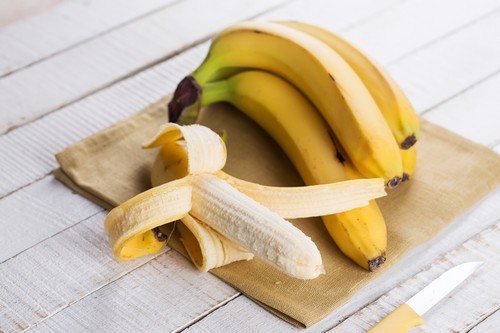
What should bananas not be stored with?
If the goal is not to ensure the ripening of unripe fruits, it is better to keep them away from vegetables and fruits such as apples, potatoes, onions and watermelons. The reason is that bananas contain the highest amount of ethylene among food products, which accelerates the process of natural spoilage of the fruit. Bananas themselves, next to such fruits, also turn black faster (a lot of ethylene is contained, for example, in apples).
Also, of course, you should not store the bundles next to excessively odorous products so that they do not acquire an unpleasant aftertaste. These include:
- smoked and fried fish;
- open canned food;
- cheeses;
- liver;
- chopped meat;
- sausage.
Dried bananas
Drying bananas is an excellent way to preserve them, and in fact, makes them a completely different product with a significantly different taste.
Dried bananas can be prepared in many ways, such as drying them in the sun or drying them in the oven.
The fruits are first cut into pieces. When drying in air, they are protected from insects with gauze.And in the oven at a temperature of 50-60 degrees, the fruits are kept for several hours on baking paper (you can sprinkle with powdered sugar).
Ready dried fruits can be stored for up to a year. They are placed in plastic containers, bags or glass containers.
Proper storage of bananas depends on their degree of ripeness and how quickly you plan to eat these fruits. Although these fruits are perishable goods, if you follow the storage rules, they will delight you with their attractive appearance and wonderful taste for a long time.


